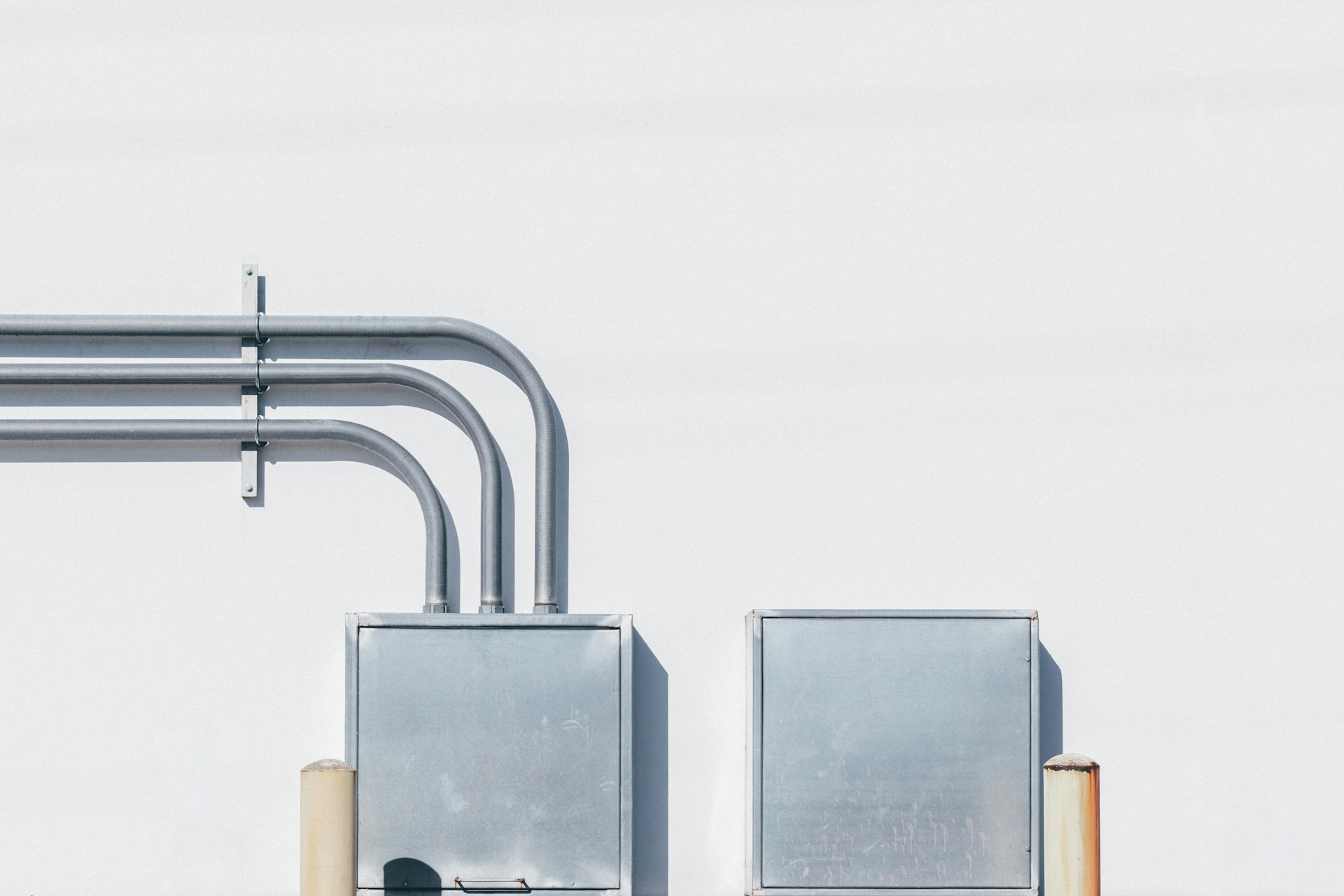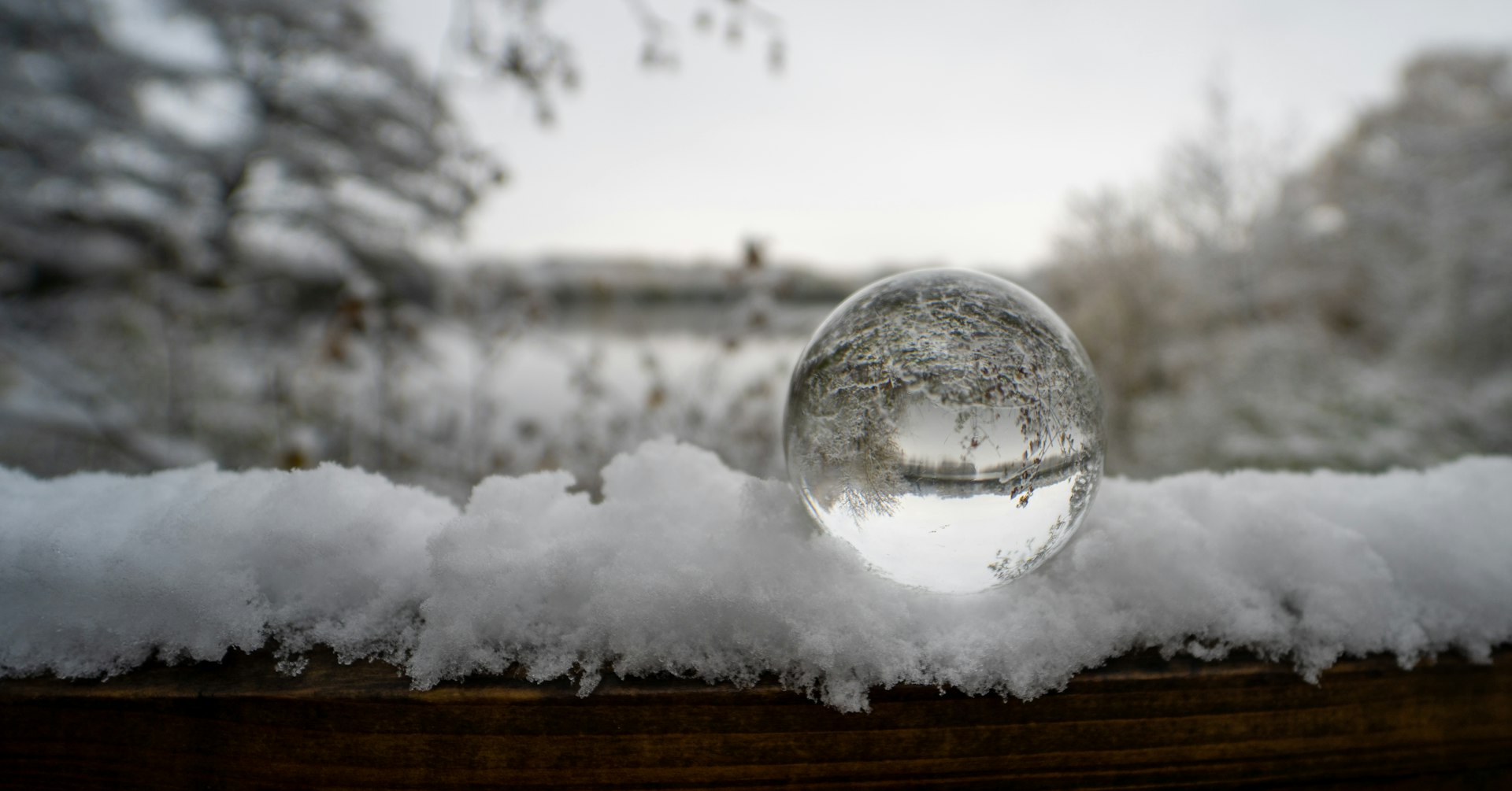DIY Cupcake Transport: Secure, Simple, and Cost-Effective Solutions for Any Occasion

Photo by Bình Lê on Unsplash
Introduction: The Challenge of Cupcake Transport
Transporting cupcakes can be a delicate task, especially if you want to preserve their decorative frosting and presentation. Whether you’re a home baker, a parent bringing treats to school, or delivering an order, finding a reliable method that doesn’t require specialized equipment is essential. This guide explores proven, do-it-yourself (DIY) solutions for safely transporting cupcakes, drawing on real-world examples and expert advice to help you find the best method for your needs.

Photo by SAFVAN CHOLAKKAN on Unsplash
Understanding the Risks: Why Cupcakes Need Special Handling
Cupcakes are susceptible to damage during transit due to their lightweight structure and exposed frosting. Common issues include:
- Frosting smearing or sticking to lids and covers
- Cupcakes tipping over or sliding in the container
- Difficulty transporting large quantities without a bulky, single-purpose carrier
Addressing these issues requires innovative, accessible solutions that minimize movement and protect the decorative top of each cupcake.
Method 1: The Painter’s Tape Grid on a Cookie Sheet
This method is ideal for those who want a simple, clutter-free solution using everyday household items. To create a secure and reusable transport tray, you’ll need a large cookie sheet and painter’s tape. Here’s how it works:
- Prepare your materials. Find a large, flat cookie sheet and a roll of painter’s tape. Optionally, line the sheet with parchment paper for added presentation.
- Make a grid. Use the painter’s tape to create a grid of squares on the cookie sheet. Each square should match the base size of your cupcakes. For a standard sheet, making a 4×5 grid accommodates 20 cupcakes.
- Place the cupcakes. Set each cupcake into a square. The tape acts as a physical barrier, preventing the cupcakes from sliding and touching each other.
- Transport carefully. Carry the tray by hand, or set it on a flat car seat or floorboard. The tape holds the cupcakes securely, reducing the risk of tipping during transit.
- Serve with ease. At your destination, simply remove the tape and use the cookie sheet as a serving tray. Optionally, keep the parchment paper underneath for a decorative touch.
This method is popular because it uses items most people already have, requires minimal setup, and eliminates the need for a dedicated cupcake carrier. It’s been widely shared and positively reviewed by home bakers for its effectiveness [1] .
Method 2: Aluminum Foil Muffin Tray Mold
If you don’t have a cookie sheet or prefer a container with sides, you can create a custom cupcake holder using a muffin tray and aluminum foil. This method is particularly useful for transporting cupcakes in a box or deep container. Follow these steps:
- Create a mold. Line a muffin tray with a large sheet of aluminum foil, pressing it into each cavity to form individual molds. Scrunch the edges around the tray for stability.
- Remove the foil. Gently lift the molded foil from the tray, preserving the cup shapes.
- Prepare your container. Place the foil mold into your chosen transport container, such as a cardboard box or plastic bin. The foil forms snug compartments for each cupcake.
- Add the cupcakes. Place each cupcake into a foil cup. The individual compartments prevent sliding and minimize contact between cupcakes.
- Transport securely. Close the container and carry it flat. The foil mold adapts to almost any box size, making it versatile for different quantities.
This approach is favored for its adaptability and cost-effectiveness, as it uses household materials and can be scaled for large batches [2] .
Method 3: Custom DIY Box Insert
For a more professional look, especially when delivering cupcakes as gifts or for business, you can make a custom insert for any box using sturdy paper or bristol board. This method keeps cupcakes upright and separated inside a decorative box. Here’s how to create your own:
- Gather materials. You’ll need bristol board (or thick cardstock), a cupcake box or any sturdy box, a ruler, pencil, scissors, and a craft knife.
- Measure and cut. Cut the bristol board to be about 1.5 inches (3 cm) larger than the box, so the insert fits snugly when folded at the edges.
- Mark the holes. Use a round object slightly larger than your cupcake bases to trace circles onto the insert, spaced apart to prevent the cupcakes from touching.
- Cut the holes. Use a craft knife to cut four slits in each circle, forming flaps that will hold the cupcakes in place.
- Insert and load. Place the insert into your box, fold the edges as needed, and place the cupcakes in the cut holes. The flaps grip the base, keeping them upright and separated.
- Transport and serve. The box can be closed securely for transport, and the insert keeps the cupcakes stable and presentable upon arrival.
This method is widely used by professional bakers and is recommended for its clean appearance and secure hold [3] .
Common Challenges and Effective Solutions
Despite these DIY methods, certain challenges can arise during cupcake transport. Here’s how to address them:
- High humidity or heat: In warm weather, frosting can melt or soften. To mitigate this, avoid leaving cupcakes in hot cars, and consider transporting them in an insulated bag with ice packs if needed.
- Long distances: For longer trips, place your DIY carrier on a flat surface and minimize sharp turns or sudden stops. If possible, have someone hold the container during transport.
- Large quantities: If transporting dozens of cupcakes, make multiple trays or inserts rather than overfilling one container. This ensures each cupcake remains upright and undamaged.
Always check your container’s stability before starting your journey, and don’t hesitate to reinforce your DIY solution with extra tape or padding if needed.
Alternative Approaches and Additional Tips
While the above methods are proven, additional strategies may be helpful depending on your needs:
- Repurposed containers: Egg cartons or drink trays can serve as makeshift holders for mini cupcakes.
- Refrigeration: Chill cupcakes before transport to firm up frosting, making them less prone to smudging.
- Non-slip mats: Placing a silicone baking mat or shelf liner under your cupcakes can reduce sliding inside any container.
- Decorative presentation: Add a layer of parchment or wax paper for easier cleanup and enhanced presentation at your destination.
For those interested in ready-made solutions, some manufacturers offer reusable cupcake carriers, but these DIY options remain cost-effective and adaptable for most home bakers.
Accessing Supplies and Support
Most of the materials recommended-painter’s tape, aluminum foil, sturdy paper, and cookie sheets-are readily available at supermarkets, dollar stores, or big box retailers. For specialty baking boxes or inserts, you may consider searching online or visiting a local baking supply store. If you need additional guidance, online video tutorials and community baking forums often provide visual demonstrations and troubleshooting tips.
When using unfamiliar materials, always test your method with a small batch first to ensure it meets your needs.
Summary and Key Takeaways
Transporting cupcakes without a specialized carrier is entirely feasible with a little creativity and planning. The painter’s tape grid, aluminum foil mold, and custom box insert methods all offer reliable, affordable solutions tailored to your situation. By understanding the risks and applying these step-by-step DIY techniques, you can deliver beautifully decorated cupcakes that arrive just as perfect as when you made them.



